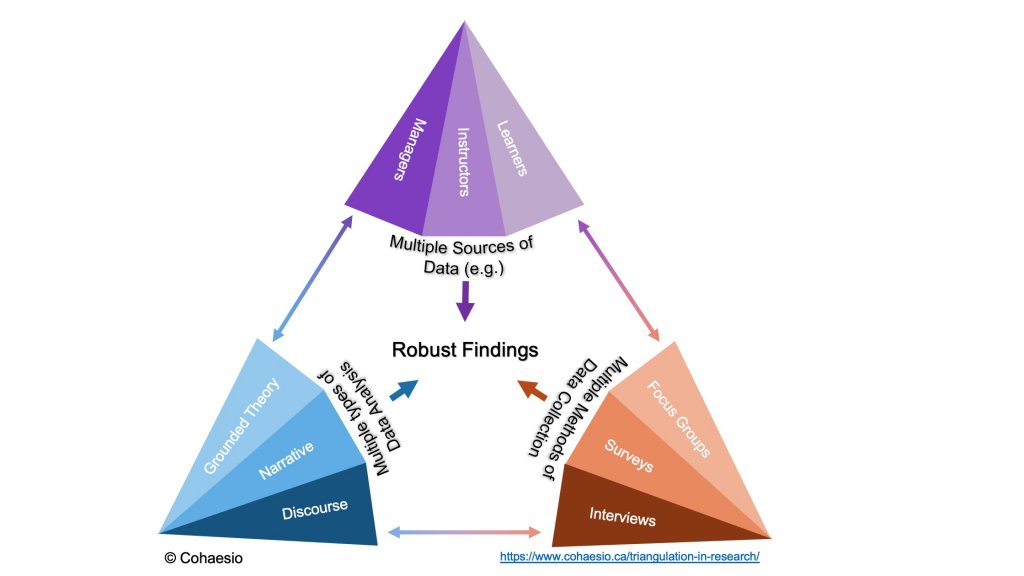Flue Gas Desulfurization Fgd Market Size & CAGR
The Flue Gas Desulfurization (FGD) market is expected to reach a market size of USD 10.5 billion by 2023 at a Compound Annual Growth Rate (CAGR) of 5.8% from 2023 to 2030. The forecast growth rate from 2023 to 2030 is projected to be around 6.2%, indicating a steady increase in the market size over the forecast period.
COVID-19 Impact on the Flue Gas Desulfurization Fgd Market
The COVID-19 pandemic has had a significant impact on the Flue Gas Desulfurization (FGD) market. With disruptions in global supply chains, project delays, and a slowdown in industrial activities, the demand for FGD systems has been affected. However, as countries focus on environmental regulations and emission control, the market is expected to witness a gradual recovery post-pandemic.
Flue Gas Desulfurization Fgd Market Dynamics
The Flue Gas Desulfurization (FGD) market dynamics are influenced by factors such as government regulations on emissions, technological advancements in FGD systems, and the increasing focus on environmental sustainability. As industries strive to reduce their carbon footprint and comply with emission standards, the demand for FGD systems is expected to grow. Additionally, innovations in FGD technology, such as wet scrubbers and dry scrubbers, are driving market growth.
Segments and Related Analysis of the Flue Gas Desulfurization Fgd Market
The Flue Gas Desulfurization (FGD) market can be segmented based on technology, product, application, and end-user. Different technologies such as wet scrubbers, dry scrubbers, and spray dry scrubbers are used for FGD systems. The products in the market include limestone, lime, and seawater-based scrubbers. Applications of FGD systems are seen in power plants, chemical industries, and cement manufacturing. Various end-users, including utility companies, industrial facilities, and government institutions, utilize FGD systems for emission control.
Flue Gas Desulfurization Fgd Market Analysis Report by Region
Asia Pacific Flue Gas Desulfurization Fgd Market Report
The Asia Pacific region is a significant market for Flue Gas Desulfurization (FGD) systems due to the growing industrial activities, increasing energy demand, and stringent environmental regulations. Countries like China, India, and Japan are driving the demand for FGD systems to control emissions and reduce air pollution. The market in Asia Pacific is expected to witness substantial growth in the coming years.
South America Flue Gas Desulfurization Fgd Market Report
South America is also an emerging market for Flue Gas Desulfurization (FGD) systems, with countries like Brazil and Argentina focusing on emission control and environmental sustainability. The demand for FGD systems in the region is driven by the increasing awareness about air pollution and the need for clean energy solutions. The market in South America is poised for growth in the coming years.
North America Flue Gas Desulfurization Fgd Market Report
North America is a mature market for Flue Gas Desulfurization (FGD) systems, with the United States leading in terms of adoption and innovation. The region has stringent emission standards and regulations, driving the demand for FGD systems in power plants and industrial facilities. The market in North America is characterized by technological advancements and a focus on sustainable practices.
Europe Flue Gas Desulfurization Fgd Market Report
Europe is a prominent market for Flue Gas Desulfurization (FGD) systems, with countries like Germany, France, and the United Kingdom investing in emission control technologies. The region has a strong focus on environmental sustainability and renewable energy, driving the demand for FGD systems in various industries. The market in Europe is expected to witness steady growth in the coming years.
Middle East and Africa Flue Gas Desulfurization Fgd Market Report
The Middle East and Africa region are witnessing increased adoption of Flue Gas Desulfurization (FGD) systems due to the growing industrial activities and energy demand. Countries like Saudi Arabia, UAE, and South Africa are investing in emission control technologies to reduce air pollution and comply with environmental regulations. The market in the Middle East and Africa is expected to show significant growth in the coming years.
Flue Gas Desulfurization Fgd Market Analysis Report by Technology
The Flue Gas Desulfurization (FGD) market can be analyzed based on different technologies such as wet scrubbers, dry scrubbers, and spray dry scrubbers. Wet scrubbers are the most commonly used technology for FGD systems, employing a liquid solution to remove sulfur dioxide from flue gas. Dry scrubbers use a dry sorbent material to absorb sulfur dioxide, while spray dry scrubbers combine wet and dry processes for efficient sulfur removal.
Flue Gas Desulfurization Fgd Market Analysis Report by Product
The Flue Gas Desulfurization (FGD) market offers various products such as limestone, lime, and seawater-based scrubbers for sulfur removal. Limestone-based scrubbers are the most widely used product in FGD systems, providing an effective and economical solution for emission control. Lime-based scrubbers offer higher efficiency in sulfur removal, while seawater-based scrubbers utilize seawater as a sorbent material for desulfurization.
Flue Gas Desulfurization Fgd Market Analysis Report by Application
Flue Gas Desulfurization (FGD) systems find applications in power plants, chemical industries, cement manufacturing, and other industrial facilities. Power plants are the primary users of FGD systems to comply with emission standards and reduce air pollution. Chemical industries utilize FGD systems for sulfur removal in manufacturing processes, while cement plants deploy FGD technology for environmental sustainability and compliance.
Flue Gas Desulfurization Fgd Market Analysis Report by End-User
End-users of Flue Gas Desulfurization (FGD) systems include utility companies, industrial facilities, government institutions, and other organizations requiring emission control solutions. Utility companies deploy FGD systems in power plants to reduce sulfur emissions and meet environmental regulations. Industrial facilities utilize FGD technology for air pollution control, while government institutions implement FGD systems to ensure clean air quality.
Key Growth Drivers and Key Market Players of Flue Gas Desulfurization Fgd Market
The Flue Gas Desulfurization (FGD) market is driven by key growth drivers such as government regulations on emissions, technological advancements in FGD systems, and the increasing focus on environmental sustainability. Key market players operating in the FGD market include:
- 1. Babcock & Wilcox Enterprises, Inc.
- 2. FLSmidth & Co. A/S
- 3. General Electric Company
- 4. Babcock Noell GmbH
- 5. Mitsubishi Hitachi Power Systems, Ltd.
Flue Gas Desulfurization Fgd Market Trends and Future Forecast
The Flue Gas Desulfurization (FGD) market is witnessing trends such as the adoption of advanced FGD technologies, increased focus on renewable energy sources, and the development of hybrid FGD systems. Future forecasts indicate continued growth in the FGD market, driven by the need for emission control, environmental compliance, and sustainable practices in industries.
Recent Happenings in the Flue Gas Desulfurization Fgd Market
Recent developments in the Flue Gas Desulfurization (FGD) market include:
- 1. Babcock & Wilcox Enterprises, Inc. secured a contract for the supply of FGD systems to a power plant in Asia.
- 2. FLSmidth & Co. A/S announced the launch of a new wet scrubber technology for sulfur removal in industrial applications.
- 3. General Electric Company introduced a pilot project for dry scrubbers in collaboration with a chemical plant in Europe.
- 4. Babcock Noell GmbH developed a hybrid FGD system that combines wet and dry scrubbing processes for enhanced sulfur removal.
- 5. Mitsubishi Hitachi Power Systems, Ltd. received certification for its latest FGD technology from regulatory authorities in North America.



